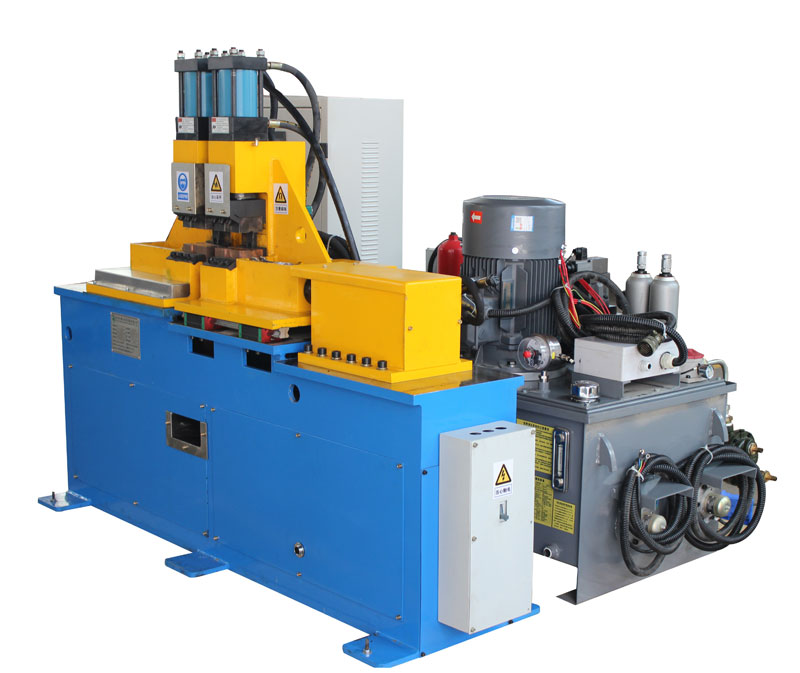Structural Features of Butt Welding Machines
The structural design of butt welding machines plays a crucial role in their performance and functionality. Understanding the key features of their machine body is essential for welders and professionals in the welding industry to optimize welding operations and achieve reliable weld results. This article explores the structural characteristics of butt welding machines, highlighting their significance in facilitating efficient and precise welding processes.
- Robust Frame Construction: Butt welding machines are characterized by a robust and sturdy frame construction. The machine body is typically made from high-quality materials, such as steel, to ensure stability and durability during welding operations.
- Adjustable Clamping Mechanism: A prominent feature of butt welding machines is their adjustable clamping mechanism. This mechanism allows welders to securely hold and align the workpieces before welding, ensuring accurate fit-up and consistent joint alignment.
- Welding Head Assembly: The welding head assembly in butt welding machines is designed for precise electrode positioning and movement. The welding head is equipped with controls to adjust the welding parameters and regulate electrode withdrawal speed, contributing to uniform weld bead formation.
- User-Friendly Control Panel: A user-friendly control panel is integrated into the machine body, providing operators with easy access to adjust welding parameters, monitor welding progress, and set welding cycles. The control panel enhances the machine’s operability and allows for efficient parameter adjustments.
- Cooling System: Due to the intense heat generated during welding, butt welding machines are equipped with an efficient cooling system to prevent overheating and ensure continuous operation without interruptions.
- Safety Features: Safety is a paramount consideration in butt welding machine design. These machines are equipped with various safety features, such as emergency stop buttons, interlocks, and protective guards, to safeguard operators and prevent accidents during welding.
- Mobility and Portability: Many butt welding machines are designed for enhanced mobility and portability. Wheels or casters are often integrated into the machine body, allowing for easy movement within the workshop or on job sites.
- Automation Compatibility: To cater to modern industrial demands, certain butt welding machines are equipped with automation compatibility. This allows for seamless integration into automated welding systems, improving productivity and reducing manual intervention.
In conclusion, the structural features of butt welding machines play a significant role in their performance and functionality. The robust frame construction, adjustable clamping mechanism, welding head assembly, user-friendly control panel, cooling system, safety features, mobility, and automation compatibility collectively contribute to efficient and precise welding operations. Understanding these structural characteristics helps welders and professionals optimize welding processes, achieve reliable weld results, and contribute to advancements in welding technology. Emphasizing the significance of butt welding machine design supports the welding industry in meeting diverse industrial needs and achieving excellence in metal joining applications.
